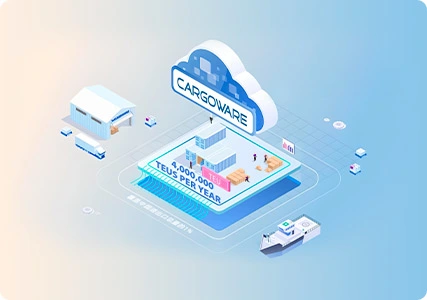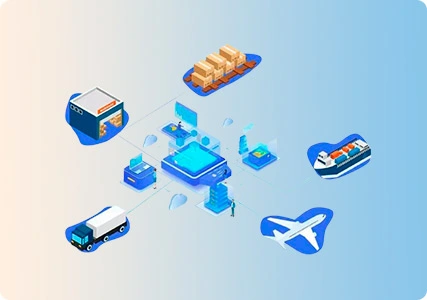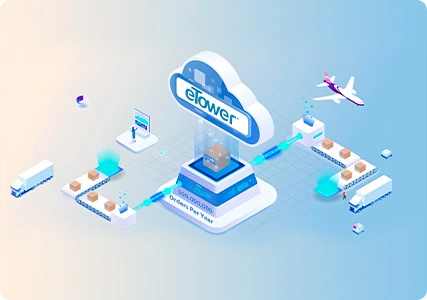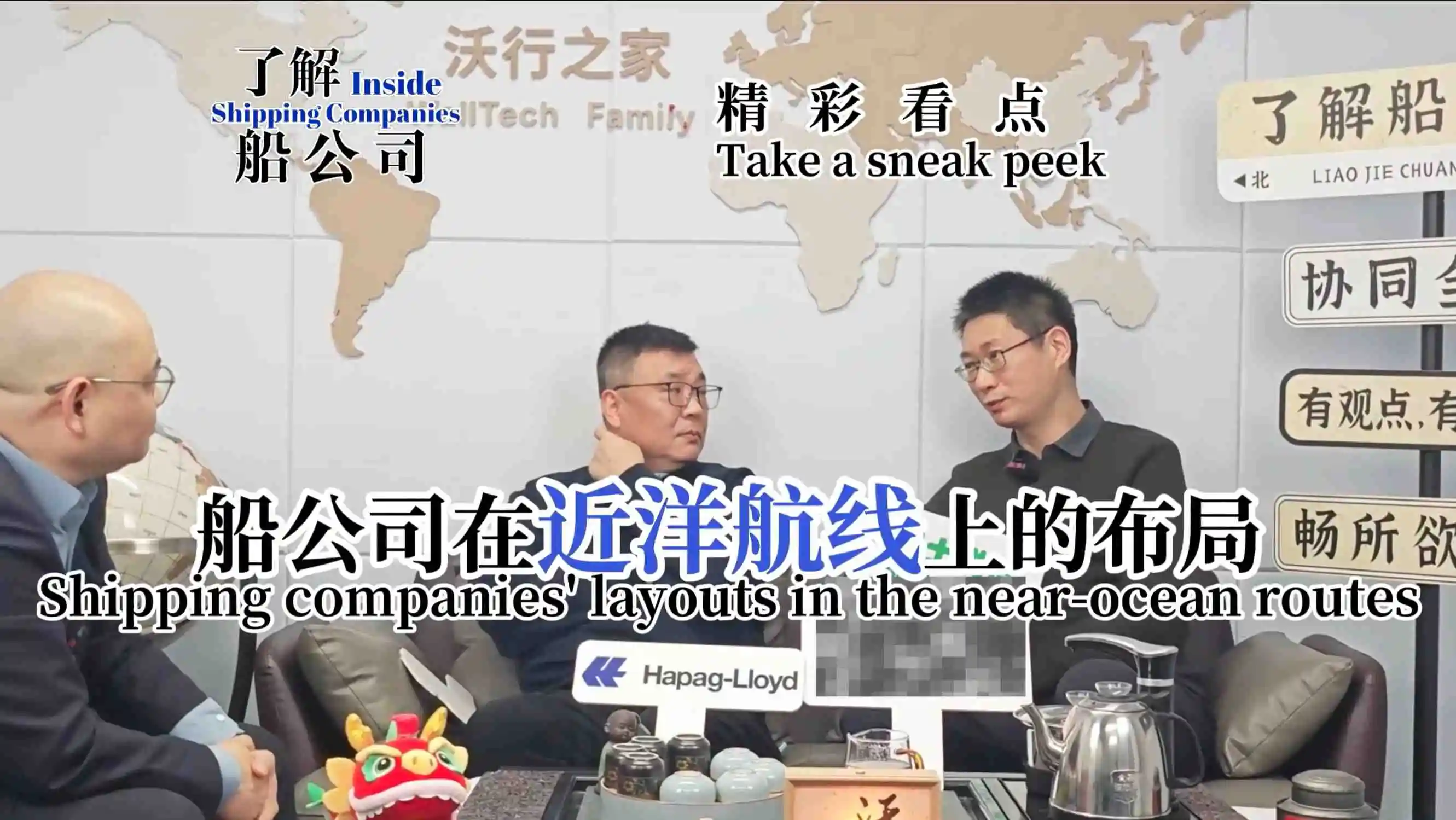As an international logistics management system developer, in this article we describe how a logistics management system (or LMS) can bring value by automating processes and using data to make informed decisions. We also look at how 3PL companies integrate data across platforms and operate efficiently.
What is a global logistics management system?
Typically, logistics has two directions - forward and reverse. When we talk about logistics, we are usually referring to the forward direction, which includes operations such as receiving and processing parcel orders, inspecting and handling parcels, creating parcel logistics numbers and information, shipping and selecting the shipping routes for delivering product parcels to customers. As quickly and efficiently as possible.
Introduction and integration of an LMS
To manage these processes in two ways in the digital world, logistics service providers use the Global Logistics management system - a combination of software tools that optimises all processes from the receipt of a parcel order to the last mile delivery to the customer's doorstep. The introduction and integration of an LMS into your logistics service can be done in different ways:
1. build, purchase and manage the LMS software yourself
2. outsourcing - hiring a third-party logistics software development company to develop, integrate and maintain data for you on any logistics business platform: using a digital international logistics management system will allow you to implement it quickly without having to interface with many logistics management platforms and increase efficiency
The main modules of the Global Logistics management system
Diversified Label Printing System
Diversified parcel delivery label printing. Allowing different custom parcel delivery label templates of the channel side to export templates, Allowing different custom parcel delivery label templates of the channel side to export templates, docking files, produce commercial invoices and bills.
Docking with operation station system
Docking with parcel operation station, monitoring parcel a-scan, parcel scan, parcel weighs, parcel sorting, parcel packages, and other data in real-world Implement complex parcel sorting logic and mobile operations.
lntegration systems
Parcel delivery system integrating all cross-border collaboration partners in the parcel delivery system supply chain to achieve data docking. real- time order data monitoring return. real time order data monitoring return. time order data monitoring return.
Tracking and monitoring the parcel path system
Tracking and monitoring the parcel path, and updating the parcel information in real time.
Channel routing system
Channel routing, multi-channel supplier selections, parcel transparent price, achieving the parcel delivery optimal pricing standard.
Warehouse system
Bonded parcel warehouse, Overseas warehouse parcel transport and parcel FBA replenishment management etc. Parcel delivery system business requirements, optimize business timeliness.
Business models system
Parcel delivery system business models such as International express integration, cross-border small parcel integration, Domestic fulfillment order management and cross-border e-commerce service integration etc., and also provide custom development services.
Monitor abnormal parcel system
Monitor abnormal parcels in real-time and provide corresponding solutions in time.
Global Logistics cross-docking system
Cross-docking. This function identifies a type of delivery that eliminates the need to store products in a warehouse, as they are delivered directly from the manufacturer to the customer. This can reduce delivery times while saving labour and warehouse space. However, cross-docking can result in a loss of control over inventory. Effective handling of cross-docking deliveries therefore requires strong inventory control processes.
Last-mile logistics systems
Last-mile logistics. The final step in the delivery process - from the distribution centre/facility to the end user - can range from a few blocks to 50 or 100 miles. In order to deliver orders to consumers, last mile logistics employs parcel or small parcel carriers. If you would like to learn about integration with e-commerce delivery and shipping carriers, read our article dedicated to this topic.
How to integrate the Global Logistics management system
As we mentioned before, you can digitise your logistics functions in two ways: by using the LMS independently or by integrating it with all aspects of logistics and role platforms. These approaches require different integration methods.
Integrating the LMS
Using any module in the Global Logistics management system requires some basic connection to the company's Enterprise Resource Planning (ERP), which integrates processes that are essential to business operations: inventory, order fulfillment, accounting, human resources, customer and supplier relationship management, etc. It has a shared database that allows synchronized reporting and automation of various back-office functions, so a smooth integration will allow for any suitable warehouse and transport management functions.
Use the LMS provided by your ERP provider. check if your ERP provider has logistics software capabilities. providers such as SAP have a large ecosystem of APIs, extensions and open integrations that can seamlessly extend your ERP.
Use IT resources.
Contact eTower to build your own global logistics management system. if you have the time, budget and use cases to design and engineer your own global logistics management system, explicitly for logistics, with functions more oriented towards logistics classification, to improve your company's inventory management, cost savings, visibility, etc. The system can be used to improve inventory management, cost savings, visibility, etc.










